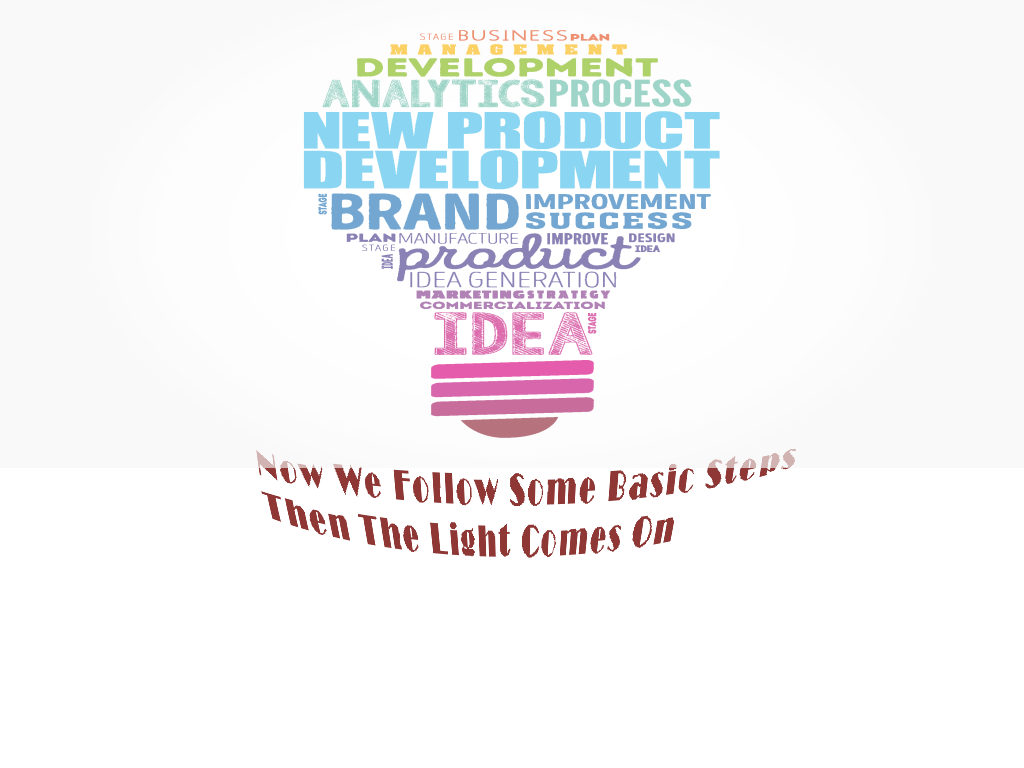- A strong well defined and differentiated business strategy can help your firm grow at an easier, quicker pace. Do you know what type of firm you want? Are you planning on growing organically? Your overall strategy is the basis and the meat of building your brand. If you have this in place your brand will help you achieve your goals.
- Identify Your Target Clients Don't say "everyone" that would be a huge mistake. The best and fastest growing companies all have a very specific market target. The more defined you target market is the faster your growth will be. The opposite is true of a diverse market. Now you may hear that diversification is the key to success but not if you are just starting out and not if you do not already have a market niche. So how do you define that? Welcome to step three.
- Do a systematic research on your target clients and you will grow faster. If you do a systematic research on a quarterly basis your growth rate will be even faster. Research helps you understand your target market client's perspectives and desires. It also helps you anticipate their needs and helps you to put your strategy in a language that they will hear and respond to. It also tells you how your client's view your strengths and weaknesses. The end result is it lowers your marketing risk associated with your brand development.
- You are now ready to determine your firm’s brand positioning within the professional services marketplace (also called market positioning). How is your firm different from others and why should potential clients within your target audience choose to work with you?
A positioning statement is typically three to five sentences in length and captures the essence of your brand positioning. It must be grounded in reality, as you will have to deliver on what you promise. It must also be a bit aspirational so you have something to strive for.
- Develop your messaging strategy
Your next step is a messaging strategy that translates your brand positioning into messages to your various target audiences. Your target audiences typically include potential clients, potential employees, referral sources or other influencers and potential partnering opportunities, to name a few of the usual suspects.
While your core brand positioning must be the same for all audiences, each audience will be interested in different aspects of it. The messages to each audience will emphasize the most relevant points. Each audience will also have specific concerns that must be addressed, and each will need different types of evidence to support your messages. Your messaging strategy should address all of these needs. This is an important step in making your brand relevant to your target audiences.
- Develop your name, logo and tag-line.
For many firms, a name change is not required. But if you are a new firm, are undergoing a merger or are burdened with a name that no longer suits your positioning, a name change may be in order. Even if you don’t change your firm name, a new logo and tag-line may make sense to better support your brand positioning.
Remember, your name, logo and tag-line are not your brand. They are a part of your brand identity, the ways to communicate or symbolize your brand. You must live it to make it real.
And don’t make the mistake of showing the new logo around internally to get a consensus. The name, logo and tag-line are not for you. They are for your marketplace and should be judged on how well they communicate, not how much the partners like them.
- Develop your content marketing strategy.
Now you may ask what is a content marketing strategy? Why not just say marketing strategy?
Content marketing is particularly well suited to professional services firms in the Internet age. It does all things traditional marketing does but it does them more efficiently. It uses valuable educational content to attract, nurture and qualify prospects.
Remember that your brand strength is driven by both reputation and visibility. Increasing visibility alone, without strengthening your reputation, is rarely successful. That’s why traditional “awareness-building” advertising or sponsorships so often yield disappointing results. On the other hand, content marketing increases both visibility and reputation at the same time. It is also the perfect way to make your brand relevant to your target audiences. Thats a huge difference end of story.
- Develop your website.
Your website is not your defining point but companies may rule you out if it sends the wrong message. So make it conform to your brand compliance strategy. It conveys your brand message and helps nurture and sell prospective clients. Use a qualified firm that understands brand management and uses the latest and greatest in web development techniques.
- Build your marketing toolkit
The next step in the process is to build out the remainder of your marketing toolkit. This might include one-page “sales sheets” that describe core services offerings or key markets served. In addition, there may be a brief “pitch deck” that overviews the firm or key offerings and an e-brochure about the firm. These are rarely printed pieces anymore.
Increasingly this marketing toolkit also includes videos. Popular video topics include firm overviews, case studies or “meet the partner” videos. Key services offerings are also very useful. If prepared appropriately, these tools serve not only a business development function but also are important for brand development.
- Implement, track, and adjust.
Sounds like a no-brainer right? You might be surprised at how often this stage falls through the cracks. You start off with the right intentions and aspirations. Then the everyday task of running the business steps in, people get busy and sidetracked and eventually the whole plan is forgotten
That’s why tracking is so important. We strongly recommend tracking both the implementation of the plan as well as results. Did the strategy get implemented as planned? What happened with the objective measures, such as search traffic and web visitors? How many new leads, employee applications and partnering opportunities were generated? Only by tracking the entire process can you make sure you are drawing the right conclusions and making the right adjustments.
You can download these ten steps and a full complimentary book on brand development HERE


